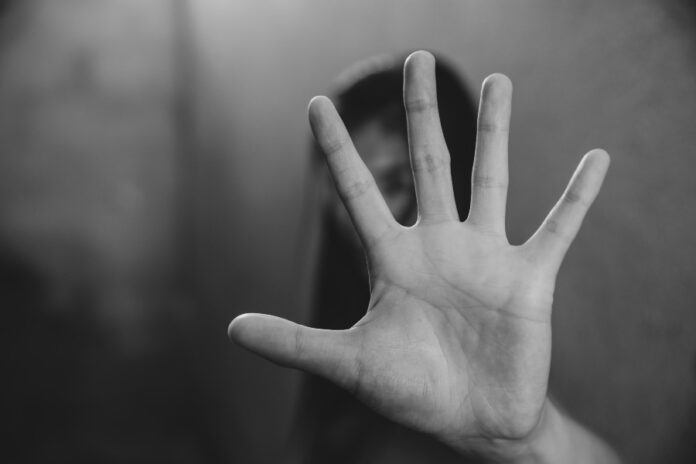Women in our society remain at the mercy of men. Patriarchy has done more harm to them than any physical or mental disorder. In fact, patriarchy is the root cause of all other illnesses that significantly impact a woman’s life. Women have always struggled to find and establish their identity. Their gender has always hindered them from progressing and utilizing opportunities.
Violence against women is a pandemic. It has impacted both developing and developed nations. Recent studies report that approximately 736 million women encounter various forms of violence. This fact paints a bleak picture of the modern world, where discussions and debates about human rights occur in every forum, yet yield no concrete results.
Educated and informed societies are cognizant of the importance of equality, justice, and the provision of fundamental rights. However, in the USA, 1 out of 4 women still encounters physical violence. Similarly, in Europe, 28 percent of women have reported harassment at the workplace and violence in their homes. South Asian women face even more severe conditions, with 1 out of every 2 experiencing violence in their daily lives.
A misogynist culture is prevailing in our society due to which women are unable to unfold their hidden abilities. Though legislative safeguards have been enforced at the local and international levels, the gravity of violence is yet to be minimized in reality. In Pakistan, a number of laws were passed to protect and empower women. Some of them included Protection of Women Act (2006), The Protection against Harassment of women at Workplace (2010), Acid control and Acid Crime Prevention Act, Anti-rape ordinance 2020, Zainab Alert 2020, enforcement of Women’ Property rights Act (2020) and Punjab Protection of Women against Violence Act (2016). All these statutes are not enforced in letter and spirit because they haven’t shown desired results. The hostile environment and lack of female police officers in police stations discourage women from filing cases against their male family members.
There are different forms of violence existing in our society other than domestic violence, and they include early marriages, female infanticide, honour killing, rape, and sexual harassment. Violence against women affects their mental and physical health, thus making them vulnerable to persistent anxiety and depression. Consistent victimization undermines the confidence of women in contributing to society on par with men. They are deprived of fundamental rights.
Rural women spend most of their lives within the four walls; therefore, they are more exposed to the violence and brutality inflicted on them by their male partners. Gender-based violence is the product of illiteracy, poverty, patriarchy, and insensitivity. Men who desire to control women accept violence as a symbol of authority. Because society and the state do not provide them with shelter in difficult situations, women tend to continue in abusive relationships. The lack of awareness about existing laws and societal acceptance of violence favours men, which keeps women suppressed.
A male-dominated society exhibits an apathetic attitude towards women who resist control. Our community appreciates toxic male behaviour, giving perpetrators the freedom to continue harassing women. The state, society, media, and institutions all have to make concerted efforts to end violence against women for good.
“According to a Reuters Foundation Report, Pakistan is the sixth most dangerous country for women overall and the 5th worst in terms of domestic violence practices.”
A male-dominated society exhibits an apathetic attitude towards women who resist control. Our community appreciates toxic male behaviour, giving perpetrators the freedom to continue harassing women. The state, society, media, and institutions all have to make concerted efforts to end violence against women for good.
By promoting awareness and education, we can transform the obstacles that hinder women’s progress into opportunities. We should bolster the capacity of justice-provider institutions to protect women against violence. We should express our gratitude to the survivors of violence for reporting incidents and educating police officials about the plight of victims. Establishing a conducive environment in police stations is necessary to handle victims with care and affection. The police are the first responders and the last resort for women who face violence. Punjab Police has set an example by maximizing the number of female police officials. The inclusion of female officials would act as a bridge between women and police stations. Female officials can use community policing to restore lost trust in the police.
Former PM Benazir Bhutto took a progressive step in 1994 by establishing the first women’s police station in Rawalpindi. Now, the current Chief Minister of Punjab, Maryam Nawaz, is also taking unconventional steps to include female staff in the police. She has included lady traffic wardens in her personal squad, which is a positive indication of the deradicalisation of violence against women.





















